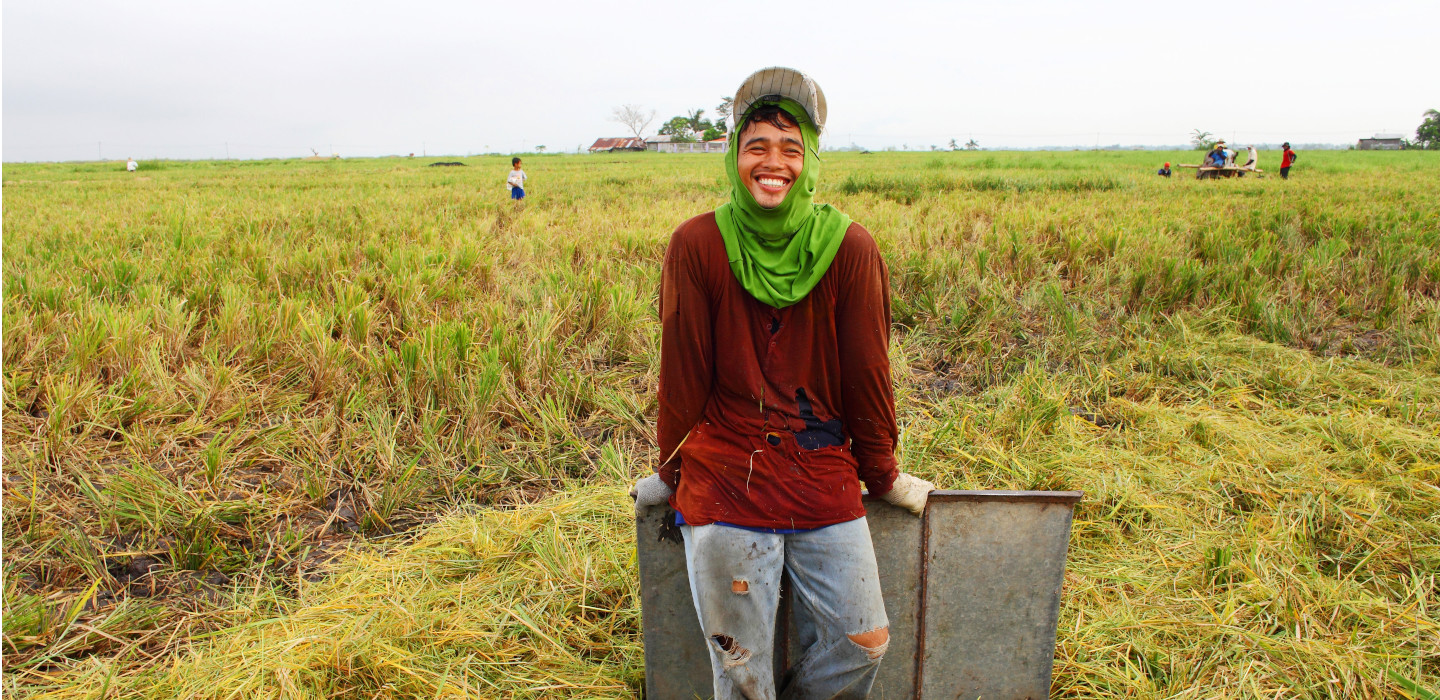Shining the development spotlight on youth
IFAD Asset Request Portlet
Asset Publisher
Shining the development spotlight on youth
Estimated reading time: 3 minutes
As a result of the COVID-19 pandemic, the equivalent of 400 million full-time jobs have already been lost worldwide, and recent projections suggest that a further 71 million to 100 million people could consequently be pushed into extreme poverty. This is especially true for rural communities, which are more susceptible to disruptions in supply chains and market access and the resulting increases in poverty and food insecurity – and focusing on youth is a crucial part of that support.
Of the world’s 1.2 billion youth (people between the ages of 15 and 24), 88 per cent live in developing countries and more than half live in rural areas. While 67 per cent of young people live in areas with great agricultural potential, only a third of them have access to the markets that would make agricultural job opportunities possible.
Many developing economies have also experienced a “youth bulge,” in which a drop in infant mortality rates while fertility rates remain high leads to a disproportionately large population cohort of young people relative to older people. This cohort frequently faces increased socio-economic challenges relative to older groups, including: lower productivity, due to reduced access to inputs and assets; higher rates of poverty (globally, 11 per cent of youth are living in extreme poverty, compared to only six per cent of those over 25); poorer nutrition and a lack of food security; and a lack of representation in decision-making.
Other subgroups face particular challenges, as well: for example, due to various societal pressures, young women tend to find themselves caught in a cycle of drudgery and high workloads. Meanwhile, although many of these youth leave their rural family homes in search of work, those who encounter a lack of job opportunities face the difficult decision of whether to return. This phenomenon, known as reverse migration, often has profound socio-economic implications for their communities of origin.
The COVID-19 pandemic has only exacerbated all of these challenges. Prior to the outbreak, global youth were already three times more likely than adults to be unemployed – and current data indicate that over one in six young people have stopped working since its onset. As we work to build and maintain the resilience of rural communities around the world, both in response to the pandemic and more broadly, it is clear that our work must be responsive to the needs of youth.
Investing in rural youth to harness their full potential is integral to building sustainable on- and off-farm livelihoods in rural communities and increasing these communities’ resilience – both to the socio-economic effects of the pandemic and to longer-term challenges such as climate change. Engaging rural youth and giving young people a voice is crucial to the future of sustainable community and resource management. It is also a valuable opportunity to promote social inclusion and greater community cooperation by targeting young people who also belong to marginalized groups, such as women, indigenous peoples and persons with disabilities, where possible.
Although the concept of mainstreaming issues relevant to youth is not new to IFAD, its first Rural Youth Action Plan (RYAP) was published just last year. This plan represents IFAD’s commitment to ensuring that 50 per cent of its new project designs and 100 per cent of its Country Strategic Opportunities Programmes (COSOPs) will be youth-sensitive.
But IFAD’s support for rural youth goes far beyond ensuring that youth, as a group, is not left behind. Young women and men aspire to decent work and are quick to take up new innovations and take risks; they are frustrated with their lack of assets, services and skills. The RYAP aims to empower young people through jobs and entrepreneurship; to improve their access to important assets, services and skills training; and to transform them into future leaders of sustainability and innovation.
It has also become clear in IFAD’s work that a prescriptive approach to youth engagement cannot be offered. “Youth” are a highly heterogeneous group, with incredible variation in terms of gender, age, ethnicity, cultural specificities, education levels, employment status, skills and capacities.
The newly published Practitioner’s Guide for Mainstreaming Youth in IFAD Operations seeks to address these realities. It presents IFAD’s approach to “youth-sensitive” development by outlining a framework with examples and principles for youth engagement, with signposts to the rich body of pre-existing knowledge and experience.
Ultimately, the Practitioner’s Guide provides a valuable directory of information for IFAD operatives and partners, framed in the context of the RYAP. However, IFAD also recognises that youth-sensitive project design is enriched by actual engagement with and direct consultation of young people, their organizations, governments and partners, and by adapting projects to local contexts.
The Practitioner’s Guide covers IFAD’s country strategies, project design and implementation, supervision and support. Click here for the full report.
Publication date: 11 August 2020